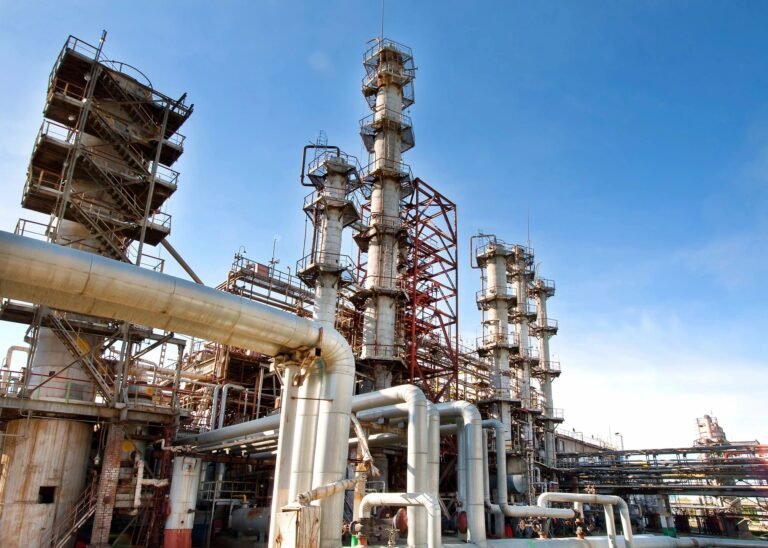Stack Emission Testing
It is a process to measure the emission of industrial waste or pollutants emitted into the atmosphere. The pollutants emitted from the stack can be solid, gaseous, liquid organic or inorganic. A stack test is a procedure for sampling a gas stream from a single sampling location at a facility, unit, or pollution control equipment.
Environmental Protection: By quantifying the amount of pollutants released, stack emission testing helps regulatory authorities identify sources of pollution and implement effective control measures to minimize environmental damage.
In order to sample to become representative, it should be collected from various points across the stack. This method is called as Isokinetic Stack Sampling. This is necessary because velocity and concentration of gases will be different across cross section of the stack.
As per CPCB or Indian standards for Industrial Stack Monitoring the flue gas emission from boiler stack, DG set emissions, the furnace should not exceed the limit for Particulate matter beyond 150 mg/Nm3.
Major contaminates in Stack Emission Testing:
- Particulate Matter (PM)
- Volatile Organic Compounds (VOCs)
- Nitrogen Oxides (NOx)
- Sulfur Oxides (SOx)
- Comply with air quality regulations
Some ways to improve Stack Emission Testing:
- Continuous Emission Monitoring Systems (CEMS): These systems provide real-time data on pollutant levels.
- Periodic or Manual Sampling: Also known as stack sampling or source testing, this method involves collecting gas or particulate samples from the stack at regular intervals.

